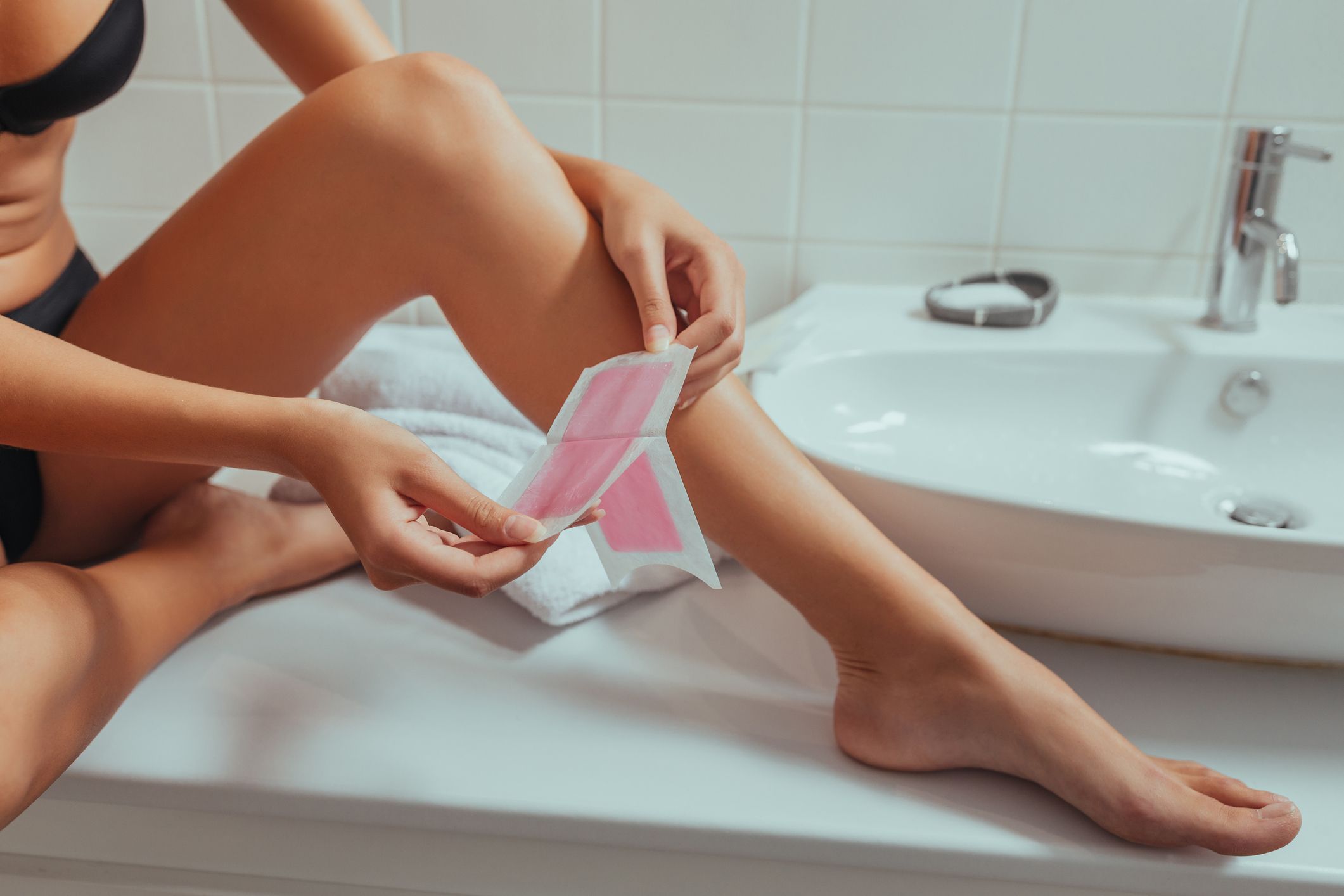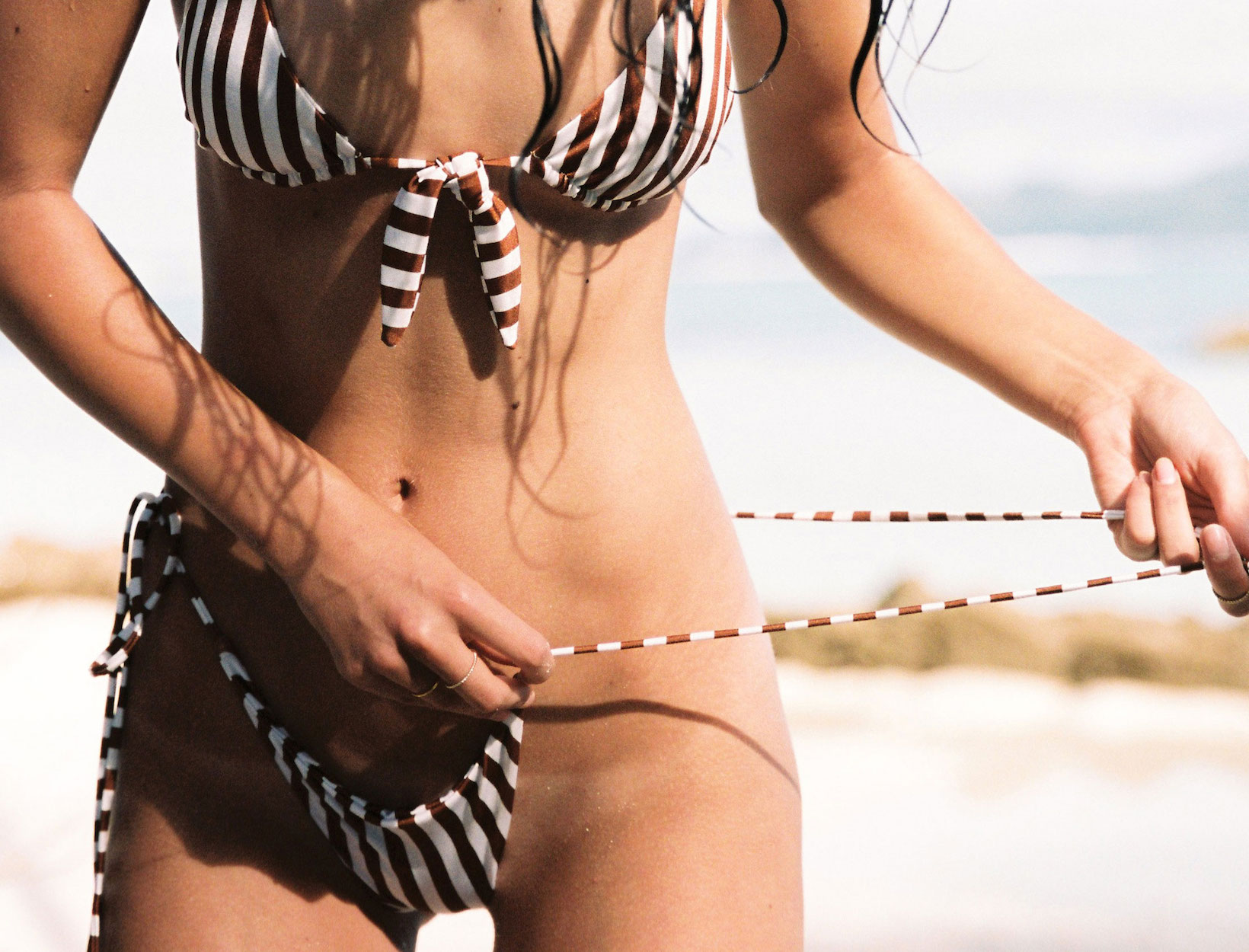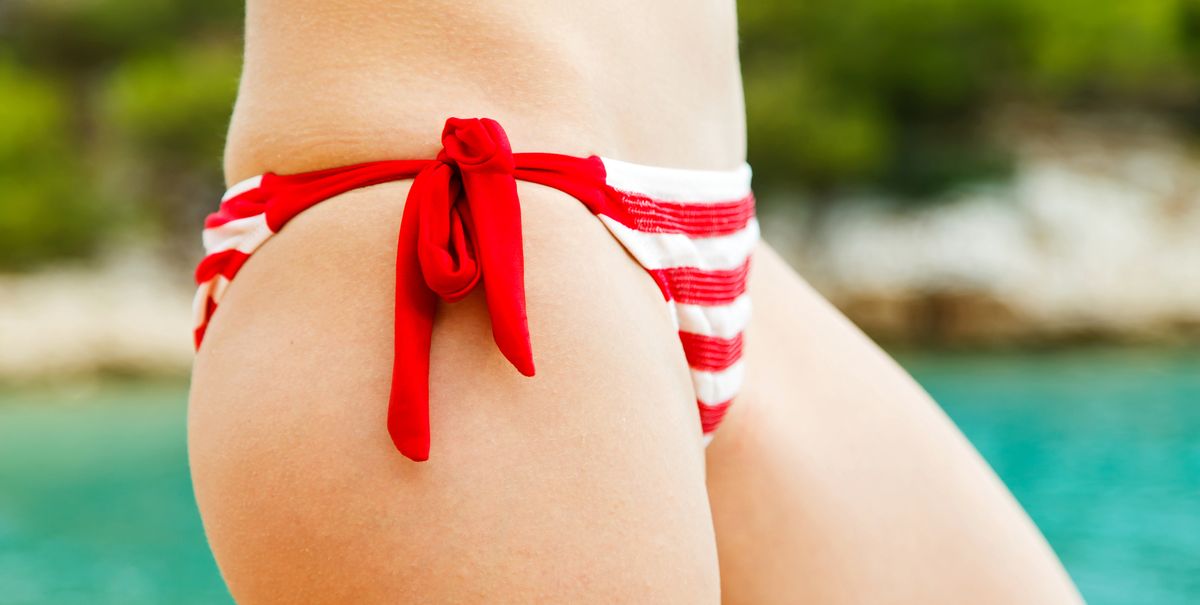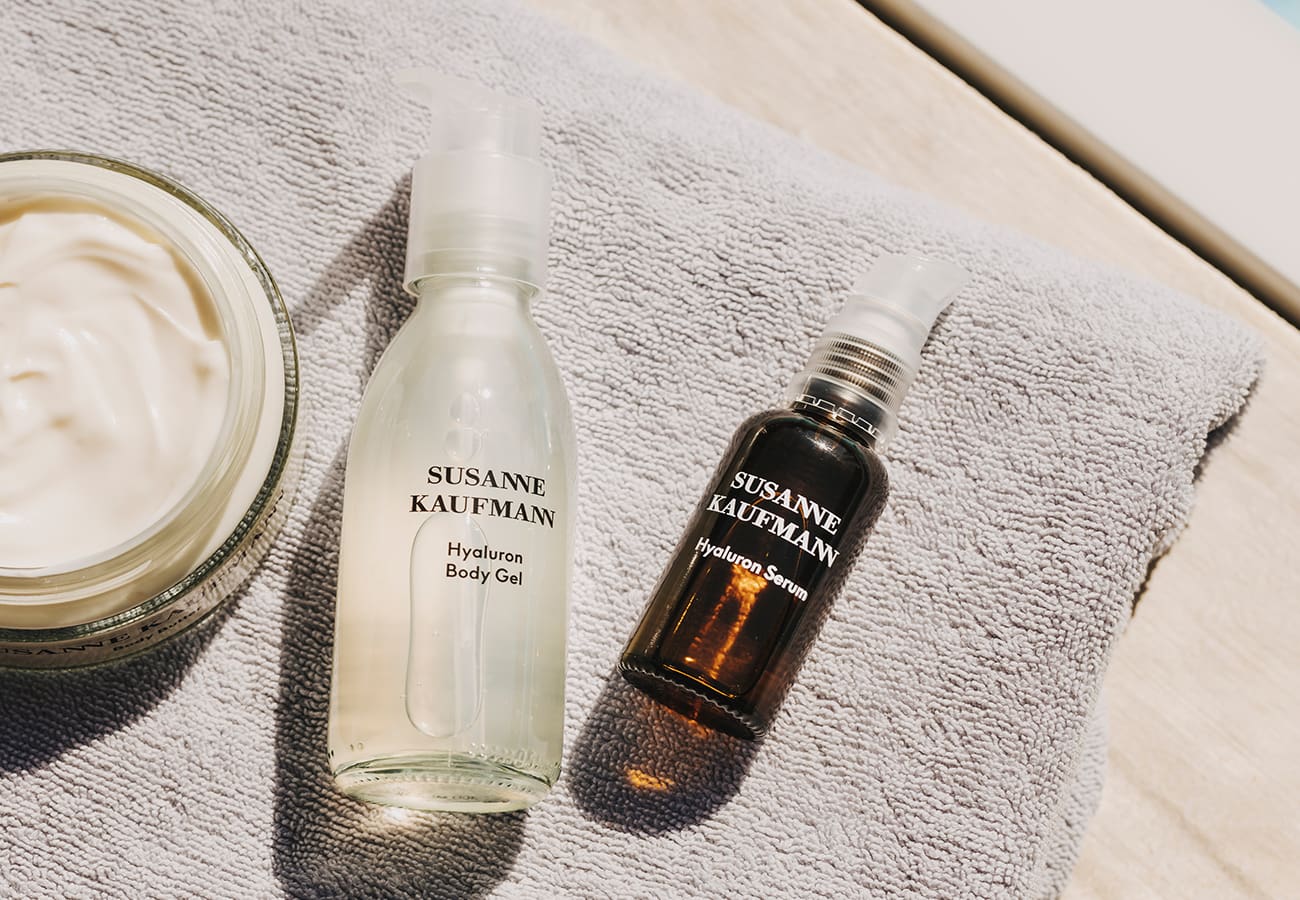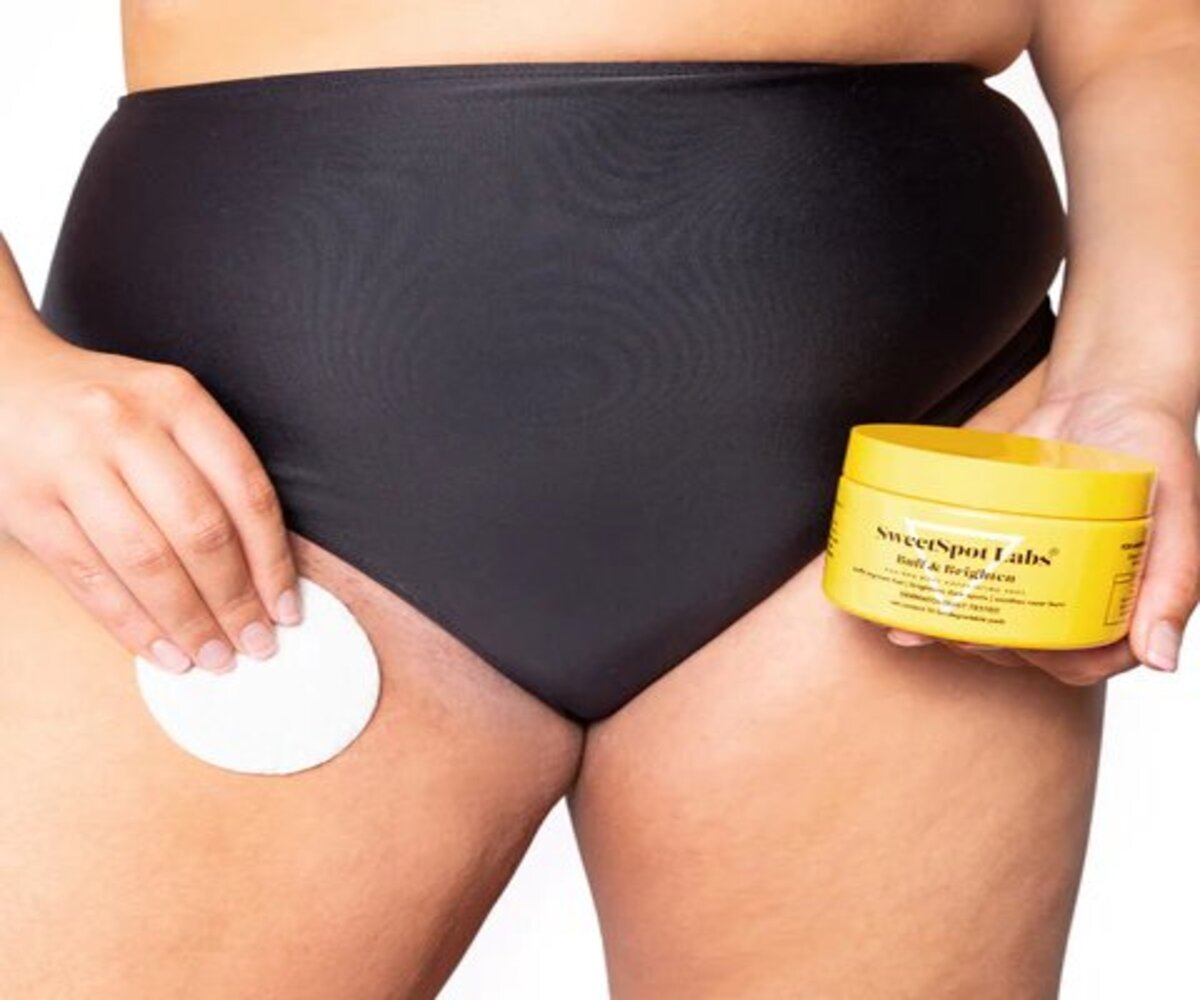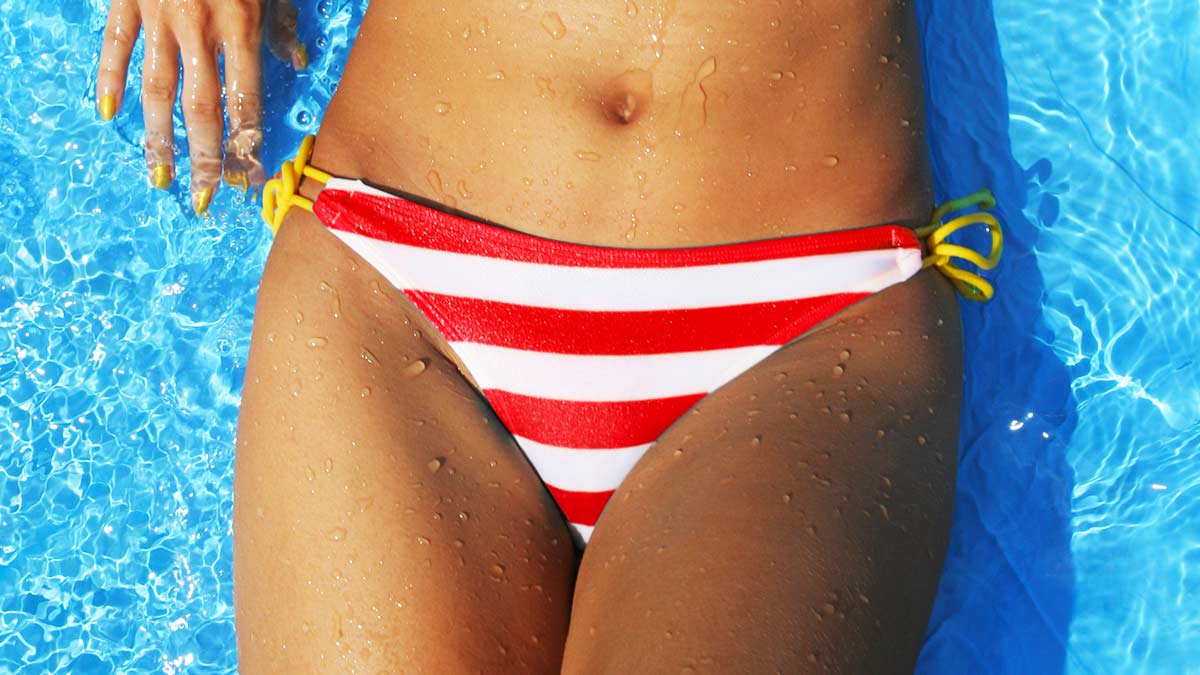Home>How-to Guides>For Women>How To Avoid Red Bumps After Waxing Bikini Line
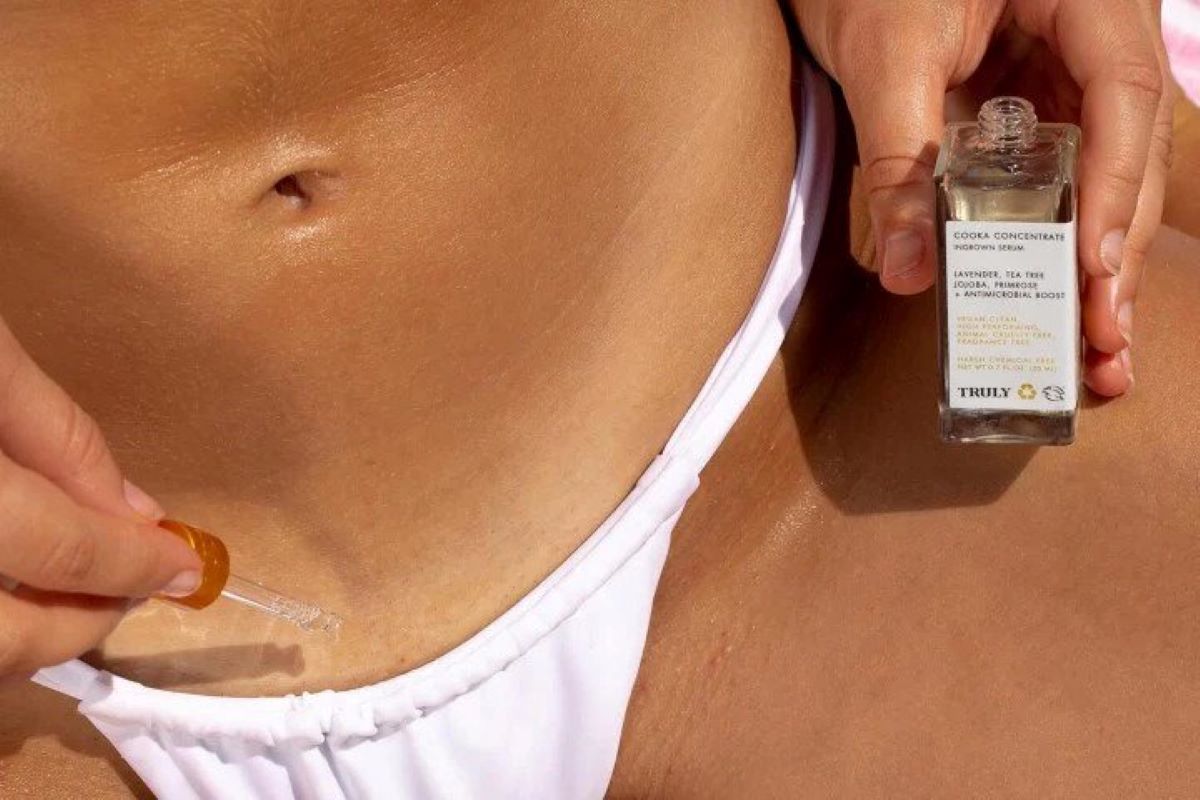

For Women
How To Avoid Red Bumps After Waxing Bikini Line
Modified: September 23, 2023
Learn how to prevent red bumps and irritation after waxing your bikini line. Essential tips and tricks for women to maintain a smooth and flawless skin.
(Many of the links in this article redirect to a specific reviewed product. Your purchase of these products through affiliate links helps to generate commission for Under-tec.com, at no extra cost. Learn more)
Table of Contents
Introduction
Waxing the bikini line is a popular method of hair removal for many women. Not only does it provide longer-lasting results compared to shaving, but it also leaves the skin feeling smooth and soft. However, one common issue that many women face after waxing the bikini line is the appearance of red bumps. These bumps, also known as razor bumps or ingrown hairs, can be both unsightly and uncomfortable.
The good news is that there are ways to prevent and treat red bumps after waxing the bikini line. By understanding the causes of these bumps and implementing the right pre- and post-waxing care techniques, you can enjoy a bump-free and irritation-free bikini line.
In this article, we will explore the causes of red bumps after waxing the bikini line and provide you with practical tips on how to avoid them. We will discuss the importance of preparing your bikini line before waxing, choosing the right waxing technique, and implementing proper post-waxing care. Additionally, we will look at natural remedies that can help soothe and treat any existing red bumps.
Whether you are a seasoned waxing enthusiast or a beginner looking to try out waxing for the first time, this article is here to guide you on your journey to achieving a smooth and bump-free bikini line.
Understanding the Causes of Red Bumps
Before we dive into the various ways to prevent and treat red bumps after waxing the bikini line, it’s important to understand why they occur in the first place. Red bumps, also known as razor bumps or ingrown hairs, are a common skin issue that can be triggered by several factors.
One of the main causes of red bumps is improper hair removal techniques. When waxing, if the hair is not pulled out completely from the root or if the waxing technique is not performed correctly, it can lead to breakage of the hair shaft. This breakage can cause the hair to grow back underneath the skin, leading to the formation of ingrown hairs and subsequently, red bumps.
Another contributing factor is the sensitivity of the skin in the bikini area. The skin in this area is delicate and prone to irritation. Waxing itself can cause some level of trauma to the skin, and if the skin is already sensitive or has other underlying issues such as dryness or inflammation, it is more likely to develop red bumps after waxing.
In addition to these factors, inadequate preparation and aftercare can also play a role in the formation of red bumps. Not properly exfoliating the skin prior to waxing can lead to a buildup of dead skin cells, which can clog the hair follicles and prevent proper hair growth. Furthermore, not taking steps to soothe and moisturize the skin after waxing can leave it dry and prone to irritation, increasing the likelihood of red bumps.
It’s important to note that not everyone will experience red bumps after waxing their bikini line. Some individuals may have a predisposition to develop ingrown hairs, while others may have skin that is less prone to irritation. However, by understanding the common causes, we can take proactive measures to minimize the risk of red bumps and keep our skin smooth and bump-free.
Preparing Your Bikini Line Before Waxing
Proper preparation of the bikini line before waxing is crucial in ensuring a successful and bump-free hair removal experience. Taking the time to prepare your skin and hair can help minimize the risk of red bumps and ingrown hairs. Here are some essential steps to follow before waxing your bikini line:
- Exfoliate: A day or two before your scheduled waxing session, exfoliate the bikini area gently. This will help remove any dead skin cells while also reducing the chances of hair getting trapped beneath the skin’s surface.
- Trim the hair: If your bikini hair is longer than a quarter-inch, consider trimming it down to a suitable length. This will ensure that the wax adheres better to the hair and reduces the chances of breakage.
- Cleanse the area: On the day of your waxing appointment, cleanse the bikini area thoroughly to remove any dirt, sweat, or oils that may be present. Use a gentle cleanser or mild soap, and avoid using any harsh or scented products that may further irritate the skin.
- Avoid moisturizers and creams: Before waxing, avoid applying any lotions, creams, or moisturizers to the bikini area. These products can create a barrier between the wax and the hair, making it less effective in removing the hair from the root.
- Take a warm shower: Prior to waxing, taking a warm shower can help soften the hair follicles and open up the pores, making the hair removal process more comfortable and effective.
By following these pre-waxing steps, you are creating an ideal environment for a successful waxing session. Proper exfoliation, clean skin, and suitable hair length will help the wax adhere better to the hair while minimizing the chances of breakage. This, in turn, reduces the risk of red bumps and ingrown hairs, leaving you with a smoother and irritation-free bikini line.
Choosing the Right Waxing Technique
Choosing the right waxing technique is essential in minimizing the risk of red bumps and achieving a smooth and flawless bikini line. There are several methods of waxing available, and selecting the one that suits you best can make a significant difference in your waxing experience. Here are some factors to consider when choosing the right waxing technique:
- Hot wax vs. Strip wax: Hot wax, also known as hard wax, is applied to the skin and allowed to cool before being removed. This type of wax adheres only to the hair, making it a suitable option for sensitive areas such as the bikini line. Strip wax, on the other hand, is applied to the skin and removed using cloth or paper strips. It is a more common method but may cause more redness and irritation in sensitive areas.
- Professional vs. DIY: Deciding whether to have your bikini line waxed by a professional or to do it yourself at home is an important consideration. While professional waxing ensures the expertise and experience of a trained esthetician, it can be more costly. DIY waxing may be more convenient and cost-effective, but it requires proper technique and caution to achieve desired results.
- Sugar wax vs. Wax strips: Sugar wax, also known as sugaring, is a natural alternative to traditional waxing. It is made from sugar, water, and lemon juice and is applied to the skin in the opposite direction of hair growth, allowing for easier removal. Wax strips, on the other hand, are pre-coated strips that are pressed onto the skin and then quickly pulled off. Both methods have their pros and cons, and choosing the one that suits your preferences and skin type is essential.
- Timing: The timing of your waxing session can also impact the results and minimize the chances of red bumps. It is advisable to avoid waxing when you have your period, as the skin can be more sensitive during this time. Additionally, waxing a few days before or after sunbathing or tanning bed sessions can increase the risk of skin irritation and redness.
By taking these factors into consideration, you can choose the right waxing technique that suits your needs and preferences. Whether you opt for hot wax or strip wax, professional or DIY, sugar wax or wax strips, the goal is to find a method that minimizes the risk of red bumps while providing effective hair removal.
Post-Waxing Care to Prevent Red Bumps
Proper post-waxing care is crucial in preventing red bumps and ensuring that your bikini line remains smooth and irritation-free. After waxing, the skin is more sensitive and prone to various issues such as redness, ingrown hairs, and irritation. By implementing the following post-waxing care tips, you can help maintain the health and appearance of your bikini line:
- Cool compress: Applying a cool compress or ice pack to the waxed area immediately after the procedure can help soothe the skin, reduce inflammation, and close the pores. This can significantly minimize the risk of red bumps and ingrown hairs.
- Avoid touching or scratching: It’s important to resist the urge to touch, scratch, or pick at the waxed area. Doing so can introduce bacteria to the skin and increase the chances of infection and irritation. Keep your hands away from the treated area to allow it to heal properly.
- Avoid heat and friction: For the first 24 to 48 hours after waxing, avoid activities that can generate heat and friction in the bikini area. This includes taking hot baths or showers, using hot tubs or saunas, and engaging in vigorous exercise or activities that may cause excessive sweating. Heat and friction can exacerbate skin irritation and increase the risk of red bumps.
- Moisturize regularly: Keeping the skin hydrated and moisturized after waxing is essential. Use a gentle, alcohol-free moisturizer or aloe vera gel to soothe and nourish the skin. Moisturizing regularly can help prevent dryness, reduce redness, and promote skin healing.
- Exfoliate gently: After a few days post-waxing, you can start incorporating gentle exfoliation into your routine. Exfoliating helps remove dead skin cells and prevents the build-up that can lead to ingrown hairs. However, be sure to use a gentle exfoliator and avoid scrubbing too harshly, as this can cause further irritation.
- Avoid tight clothing: Opt for loose-fitting, breathable clothing after waxing to allow the skin to breathe and prevent friction. Tight clothing can rub against the sensitive skin, leading to irritation and red bumps. Choose cotton underwear and clothing that won’t irritate the waxed area.
By following these post-waxing care tips, you can minimize the risk of red bumps and maintain a smooth and bump-free bikini line. Proper aftercare allows the skin to heal and rejuvenate, reducing the chances of ingrown hairs and irritation.
Natural Remedies for Soothing and Treating Red Bumps
If you experience red bumps after waxing your bikini line, there are several natural remedies that can help soothe and treat the affected area. These remedies can be gentle on the skin and provide relief from irritation. Here are some effective natural remedies for soothing and treating red bumps:
- Aloe vera gel: Aloe vera has soothing and anti-inflammatory properties that can help reduce redness and calm irritated skin. Apply aloe vera gel directly to the red bumps and leave it on for 15-20 minutes before rinsing it off. Repeat this process a few times a day to promote healing and alleviate discomfort.
- Tea tree oil: Tea tree oil is known for its antimicrobial and anti-inflammatory properties, making it an excellent remedy for treating red bumps. Dilute a few drops of tea tree oil with a carrier oil, such as coconut oil, and gently apply it to the affected area. Leave it on for 15-20 minutes before rinsing it off. Be cautious as tea tree oil can be strong, so it is important to do a patch test beforehand to ensure it doesn’t cause any skin irritation.
- Witch hazel: Witch hazel is a natural astringent that can help reduce inflammation and soothe irritated skin. Apply witch hazel to a cotton ball and gently dab it onto the red bumps. This can help cleanse the area and provide relief from discomfort.
- Cold compress: Applying a cold compress to the red bumps can help reduce inflammation, alleviate itching, and provide a soothing sensation. Wrap a few ice cubes in a clean cloth and gently press it against the affected area for a few minutes.
- Oatmeal bath: Taking an oatmeal bath can help calm and soothe irritated skin. Add a cup of ground oats to your bathwater and soak in it for 15-20 minutes. The oatmeal will create a protective layer on the skin, reducing redness and promoting healing.
- Cucumber slices: Cucumber has cooling and hydrating properties that can help soothe red bumps. Place fresh cucumber slices on the affected area and leave them on for 10-15 minutes. This can provide relief from irritation and promote skin healing.
These natural remedies can provide relief from red bumps and promote the healing of the skin after waxing. However, if the redness or irritation persists or worsens, it is advisable to consult a dermatologist for further evaluation and treatment.
Conclusion
Achieving a smooth and bump-free bikini line after waxing is possible with proper care and technique. Red bumps, also known as razor bumps or ingrown hairs, can be prevented and treated by following a few essential steps. Understanding the causes of red bumps, preparing the bikini line before waxing, choosing the right waxing technique, and implementing post-waxing care are key factors in achieving the desired results.
Proper preparation of the bikini line includes exfoliating, trimming the hair to a suitable length, cleansing the area, and avoiding moisturizers and creams before waxing. Choosing the right waxing technique involves considering factors such as hot wax vs. strip wax, professional vs. DIY, and sugar wax vs. wax strips. Post-waxing care is crucial and includes applying cool compresses, avoiding touching or scratching the area, moisturizing regularly, gently exfoliating, and avoiding tight clothing.
In the event that red bumps do appear after waxing, there are natural remedies that can help soothe and treat the affected area. Aloe vera gel, tea tree oil, witch hazel, cold compresses, oatmeal baths, and cucumber slices are some effective natural remedies that provide relief from redness and irritation.
By being mindful of these steps and incorporating them into your waxing routine, you can minimize the occurrence of red bumps and ensure a smooth and irritation-free bikini line. Remember, everyone’s skin is unique, so it may take some trial and error to find the best approach that suits your skin type and preferences.
With proper care, you can enjoy the benefits of waxing, including longer-lasting hair removal and smoother skin. If you have any concerns or persisting issues, it is always recommended to consult with a dermatologist for personalized advice and guidance.
